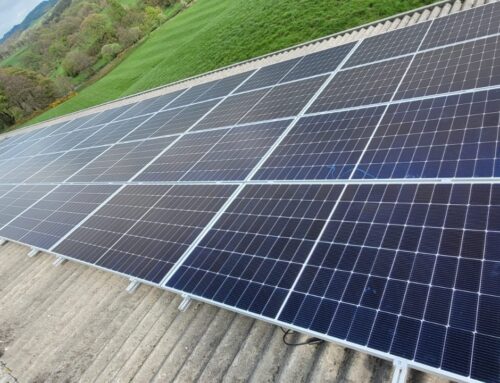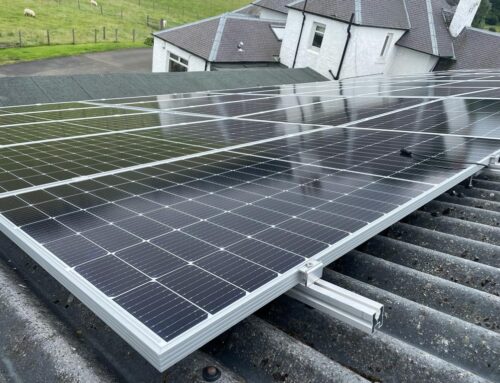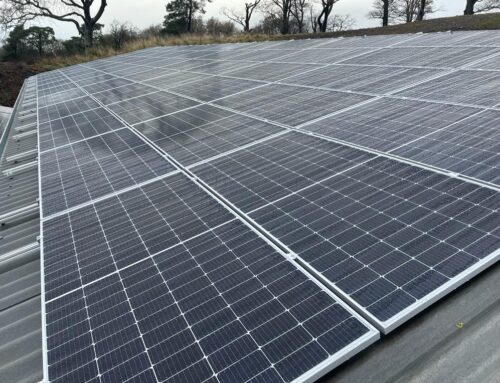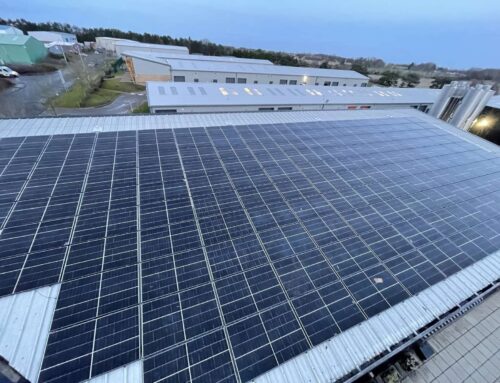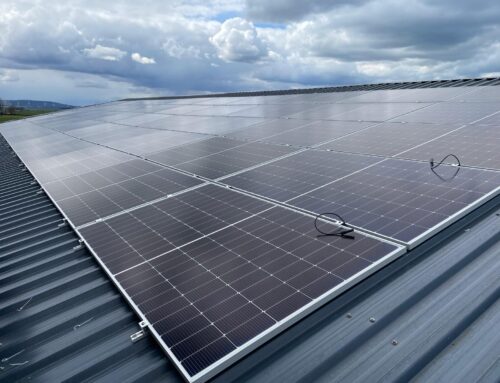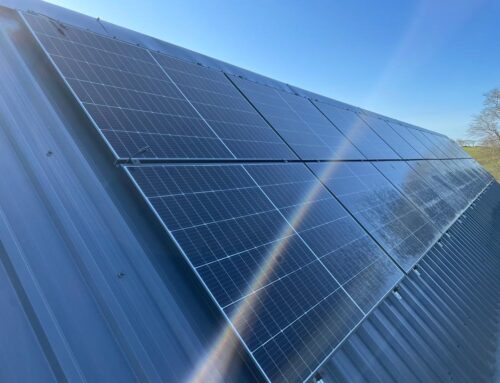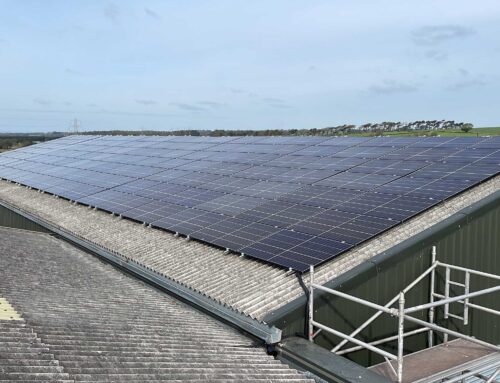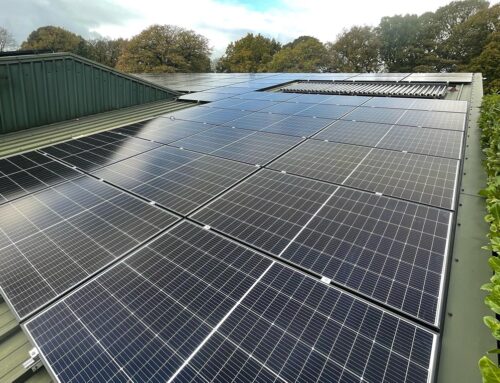In a world where energy is finite, and nature endows us with everything it can, humans might become a bit selfish now and then. With every passing day, conserving energy has become more imperative than ever. Why? Because our future generations are in grave peril. Although some humans still haven’t become fully environmentally conscious, others have already inclined towards sustainability, and a prime indicator of this fact is the profound use of solar panels in Edinburgh.
The need for sustainability is increasingly becoming vital, and in today’s eco-aware era, solar panel installation in Edinburgh has emerged as a prominent option for individuals and businesses alike. However, do you know the efficiency and effectiveness of solar panels are directly influenced by the location where they are installed? If you want to install solar panels with a significant impact on energy production, financial returns and overall environmental benefits, here are some factors to consider!
1. Solar Irradiance and Angle
Solar irradiance, which refers to the amount of sunlight that reaches a specific area, varies across the UK due to differences in geographical location, weather patterns, and seasonal changes. Areas with higher solar irradiance levels are more suitable for solar panel installation, as they receive more sunlight throughout the year. Southern regions of the UK tend to have higher irradiance levels compared to northern regions. Panels should be oriented towards the south and tilted at an angle that matches the latitude of the installation site to maximise energy generation.
2. Roof Orientation and Obstructions
For residential solar panel installations, the orientation of the roof is a pivotal consideration. South-facing roofs generally receive the highest amount of sunlight and are thus the most efficient for solar energy production. East- and west-facing roofs can also be viable, although they might yield slightly lower energy outputs. Potential obstructions such as tall trees, neighbouring buildings, and chimneys can cast shadows on solar panels, reducing efficiency.
3. Shading and Overheating
Shading can significantly impact the efficiency of solar panels. Even partial shading on a single panel can lead to a significant drop in energy production for the entire array. Conversely, panels can also overheat in exceptionally sunny conditions. While the UK is not known for extreme heat, panels should be installed with a gap between the roof and the panels to allow for proper airflow, preventing overheating and maintaining efficiency.
4. Government Incentives and Regulations
Before embarking on a solar panel installation journey, try to be well-versed in the government incentives and regulations related to solar energy in the UK. The government’s Feed-in Tariff (FiT) scheme, which encouraged renewable energy generation, has ended, but there might be other incentives or grants available to promote solar adoption. Before you start, try to understand the planning and permitting requirements for solar installations in your area to avoid legal issues.
Conclusion
As the world continues to embrace renewable energy sources, solar power has gained significant traction due to its environmental benefits and long-term cost savings. If you want to go for solar panel installers in Edinburgh and don’t know where to start or how to select the right location for solar panel installation, go for the professionals from Ember Energy now and let the renewable energy specialists handle everything for you!

